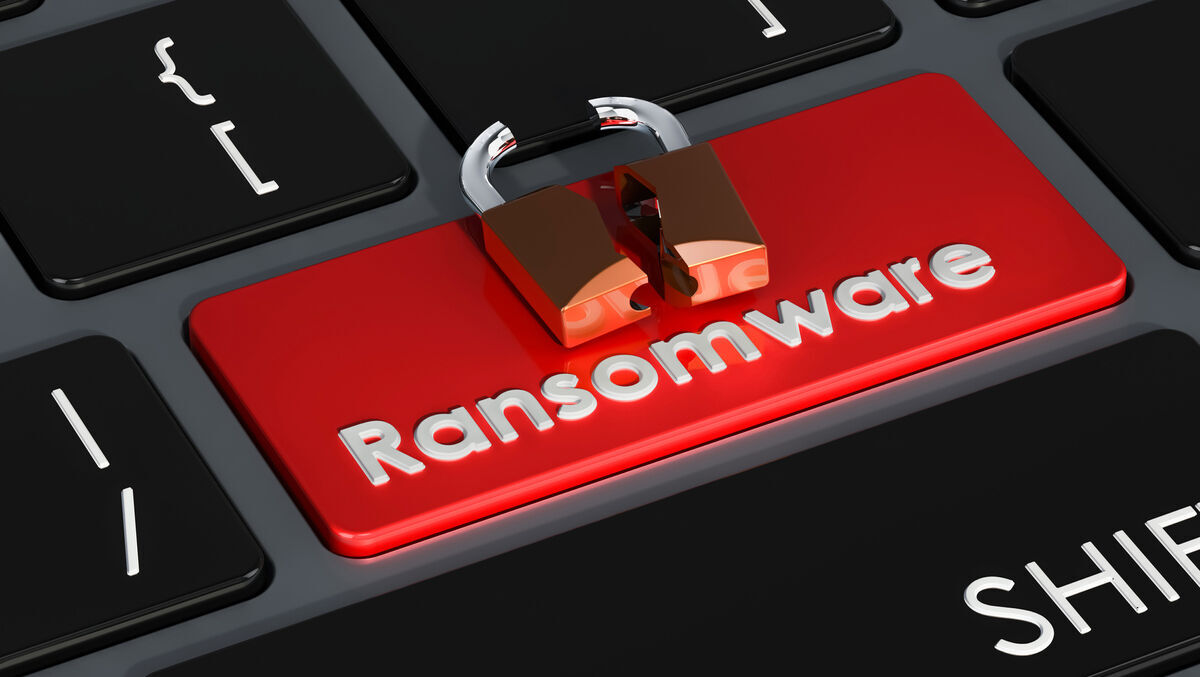
Organisations are detecting a decline in ransomware as the volume and impact of targeted attacks continue to rise.
Fortinet has announced the latest semiannual Global Threat Landscape Report from FortiGuard Labs. In the first half of 2023, FortiGuard Labs observed a decline in organisations detecting ransomware, significant activity among advanced persistent threat (APT) groups, a shift in MITRE ATT&CK techniques used by attackers, and much more.
While organisations continue to find themselves in a reactive position due to the growing sophistication of malicious actors and the escalation of targeted attacks, ongoing analysis of the threat landscape in the 1H 2023 Global Threat Landscape Report helps provide valuable intelligence that can serve as an early warning system of potential threat activity and help security leaders prioritise their security strategy and patching efforts.
Organisations detecting ransomware are on the decline
FortiGuard Labs has documented substantial spikes in ransomware variant growth in recent years, largely fuelled by the adoption of RaaS. However, FortiGuard Labs found that fewer organisations detected ransomware in the first half of 2023 (13 per cent) compared to this time five years ago (22 per cent).
Despite the overall decline, organisations must keep their guard up. This supports the trend that FortiGuard Labs has seen over the last couple of years, that ransomware and other attacks are becoming increasingly more targeted thanks to the growing sophistication of attackers and the desire to increase the return on investment (ROI) per attack.
Research also found that the volume of ransomware detections continues to be volatile, closing 1H 2023 13 times higher than the end of 2022 but still on a downward trend overall when comparing year-over-year.
Malicious actors are 327 times more likely to attack top exploit prediction scoring system (EPSS) vulnerabilities within seven days compared to all other common vulnerabilities and exposures (CVEs).
Since its inception, Fortinet has been a core contributor of exploitation activity data in support of theEPSS. This project aims to leverage a myriad of data sources to predict the likelihood and when a vulnerability will be exploited in the wild.
FortiGuard Labs analysed six years of data spanning more than 11,000 published vulnerabilities that detected exploitation and found that the CVEs categorised with a high EPSS score (top one per cent severity) are 327 times more likely to be exploited within seven days than any other vulnerability.
This first-of-its-kind analysis can serve as the canary in the coal mine, giving chief information security officers (CISOs) and security teams an early indication of targeted attacks against their organisations. Like the red zone, introduced in the last Threat Landscape Report, this intelligence can help security teams systematically prioritise patching efforts to minimise their organisations risk.
The red zone continues to help CISOs prioritise patching efforts
The analysis by FortiGuard Labs around EPSS exploitation in the wild expands upon the efforts to define the red zone, which helps quantify the proportion of available vulnerabilities on endpoints that are being actively attacked. In the second half of 2022, the red zone was around 8.9 per cent, meaning that about 1,500 CVEs of the more than 16,500 known CVEs were observed under attack.
In the first half of 2023, that number dropped slightly to 8.3 per cent. The delta between the 2H 2022 and 1H 2023 is minimal and would seem to be the sweet spot for malicious actors targeting vulnerabilities on endpoints. Still, it is important to note that the number of vulnerabilities discovered, present, and exploited constantly fluctuates.
These variables and the effectiveness of an organisations patch management strategy could dramatically decrease its red zone surface. Like the EPSS analysis above, FortiGuard Labs continues to invest in more effective ways to help organisations prioritise and more quickly close vulnerabilities.
Nearly one-third of APT groups were active in 1H 2023
For the first time in the history of the Global Threat Landscape Report, FortiGuard Labs tracked the number of threat actors behind the trends. Research revealed that 41 (30 per cent) of the 138cyberthreat groupsMITRE tracks were active in the 1H 2023. Of those, Turla, StrongPity, Winnti, OceanLotus, and WildNeutron were the most active based on malware detections.
Given the targeted nature and relatively short-lived campaigns of APT and nation-state cyber groups compared to the long life and drawn-out campaigns of cybercriminals, the evolution and volume of activity in this area will be something to look forward to in future reports.
Five-year comparison reveals explosion in unique exploits, malware variants and botnet persistence:
Unique exploits on the rise
In 1H 2023, FortiGuard Labs detected more than 10,000 unique exploits, up 68 per cent from five years ago. The spike in unique exploit detections highlights the sheer volume of malicious attacks security teams must be aware of and how attacks have multiplied and diversified in a relatively short amount of time.
The report also shows over a 75 per cent drop in exploitation attempts per organisation over a five-year window and a 10 per cent dip in severe exploits, suggesting that while malicious actor exploit toolkits have grown, the attacks are much more targeted than five years ago.
Malware families and variants exploded, up 135 per cent and 175 per cent respectively
In addition to the significant uptick in malware families and variants, another surprising finding is that the number of malware families that propagate to at least 10 per cent of global organisations (a notable prevalence threshold) has doubled over the last five years.
This escalation in malware volume and prevalence can be attributed to more cybercriminal and APT groups expanding operations and diversifying their attacks in recent years.
A significant focus of the last Global Threat Landscape Report was the surge in wiper malware largely tied to the Russian-Ukraine conflict. That increase persisted throughout 2022 but slowed over the first half of 2023.
FortiGuard Labs continues to observe wipers being used by nation-state actors, although the adoption of this type of malware by cybercriminals continues to grow as they target organisations in technology, manufacturing, government, telecommunications, and healthcare sectors.
Botnets lingering in networks longer than ever
While the report finds more active botnets (+27 per cent) and a higher incidence rate among organisations over the last half-decade (+126 per cent), one of the more shocking findings is the exponential increase in the total number of active days, which FortiGuard Labs defines as the amount of time that transpires between the first hit of a given botnet attempt on a sensor and the last.
Over the first six months of 2023, the average time botnets lingered before command and control (C2) communications ceased was 83 days, representing over 1,000 times increase from five years ago. This is another example where reducing the response time is critical because the longer organisations allow botnets to linger, the greater the damage and risk to their business.
Disrupting cybercrime requires an all-in approach
FortiGuard Labs contributions to the threat intelligence community over the last decade have made significant impacts around the globe, helping to improve protections for customers, partners, and governments in their fight against cybercrime. Breaking down silos and increasing the quality of actionable threat intelligence helps organisations reduce risk and enhances the overall effectiveness of the cybersecurity industry.
Cyber defenders today currently possess access to the tools, knowledge, and support to begin altering the economics of malicious actors. Still, its an industrywide commitment to collaboration and intelligence sharing that will ultimately create a larger ecosystem of disruption and allow the industry to gain the upper hand against cyber adversaries.
As a leader in enterprise-class cybersecurity and networking innovation, Fortinet helps secure over half a million organisations worldwide, including global enterprises, service providers, and government organisations. Of note, Fortinet’s ongoing development of artificial intelligence (AI) applied to cybersecurity uses cases, in both our FortiGuard Labs and product portfolio, is speeding the prevention, detection, and response to known and unknown threats.
Specifically, FortiGuard AI-powered security services are utilised by security controls deployed across endpoints and applications through both network and cloud infrastructure. Purpose-built detection and response technologies that leverage AI engines and cloud analytics (including endpoint detection and response (EDR), network detection and response (NDR), and others) can also be deployed as integrated extensions of such controls.
Fortinet also offers centralised response tools, such as extended detection and response (XDR); security information and event management (SIEM); security orchestration, automation, and response (SOAR); digital risk protection service (DRPS); and more, that leverage different AI, automation, and orchestration to speed remediation. These can all significantly disrupt cybercrime across the entire attack surface and along the cyberattack kill chain.









